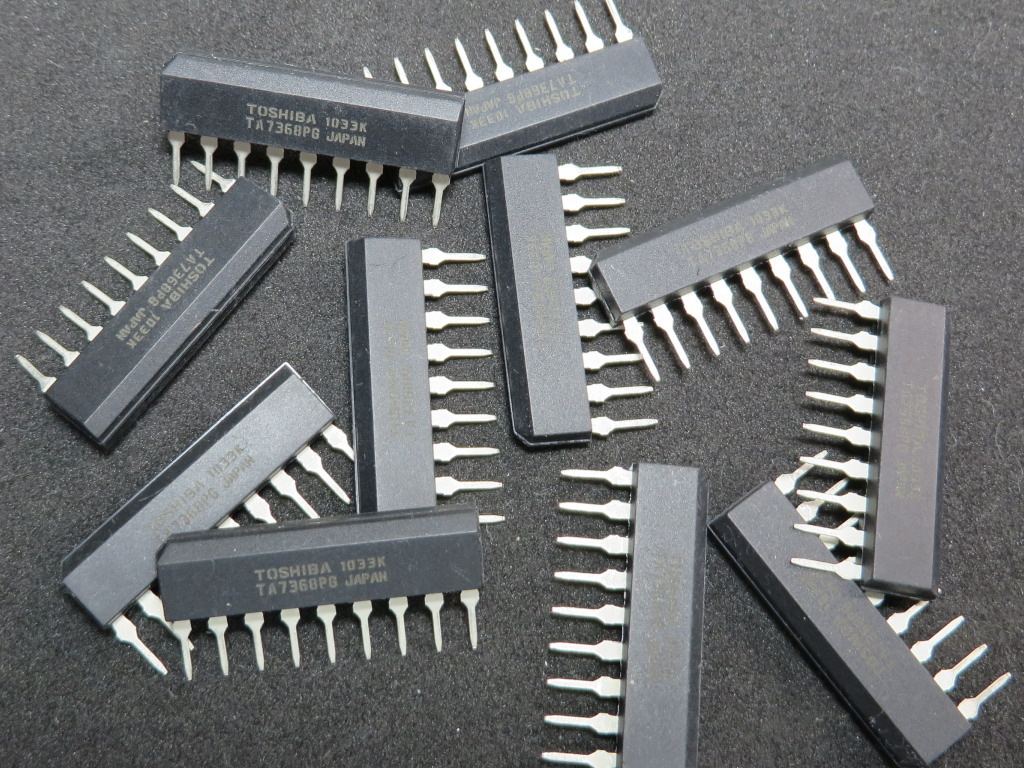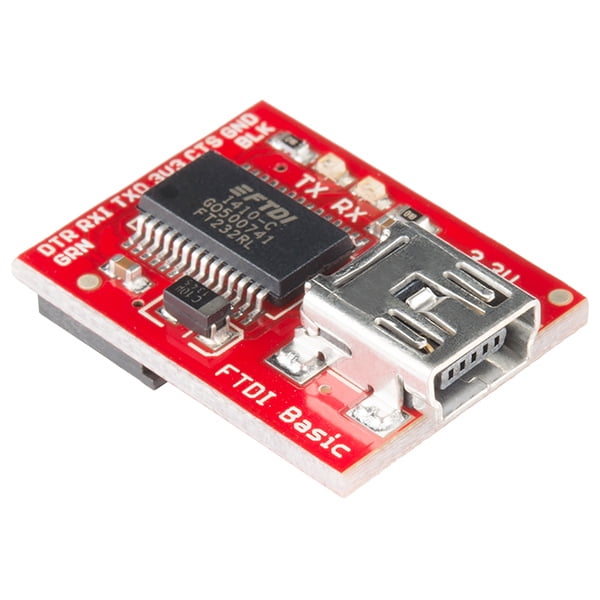

The pot VR1 at the input functions as the volume control for enabling the output to be adjusted to the desired levels. The output is connected to a loudspeaker via a filter capacitor, which is normally witnessed in all linear IC amplifier circuits. The internal connection of a 1.35K resistor across these pin-outs shunts the IC to the above gain. Here, as discussed in the previous section, the gain of the circuit is restricted to 20 by keeping the pins 1 and 8 open. The circuit below shows the basic format of wiring up the IC as an amplifier. In the following section, let’s see how the above IC can be used for making different small audio amplifier circuits. The bandwidth is also quite good at 300kHz when operated with a 6 volt supply. The voltage gain of the IC is from 20 to 200 at 26dB to 46dB respectively.

Maximum power output available from this IC will be around 1.25 watts over 8 Ohms loudspeakers. The quiescent current drain (current consumption when the IC is in the idle mode) is around 4 mA only. The fourth type, the LM386 N-4, is specified with working voltages from 5 to 18 VDC, these being the final safe thresholds beyond which either the devices stop working or become too hot and get damaged. The IC is available with four versions, viz: LM386 N-1, N-2, N-3 which typically show very low distortion characteristics and function well with voltages ranging from 4 to 12 volts DC. The inputs of the IC operate with respect to the ground, while the output is automatically biased to half the supply voltage. Though the gain of this IC is set at 20 internally, it can be raised almost 10 times higher - that is up to 200, just by introducing a resistor and a capacitor across its pin 1 and 8. The IC LM386 is a power amplifier used for amplifying small audio signals with low supply voltages. Before moving into the circuit details let’s have a peek at some of the technical specs of the IC: One such simple audio circuit is proposed here using the IC LM386, which requires very few other external passive components for functioning.

Moreover these configurations are simpler to understand, constructing them at home becomes easier, and the circuit therefore can be even attempted and completed by school students. Amplifier circuits with smaller outputs may look insignificant, but are in fact more popular and find wider applications in many electronic gadgets like radios, iPods, telephones, transmitters, etc. For new electronic enthusiasts, though, making tiny versions of bigger circuits mostly becomes more intriguing and amusing. I’ve explained many amplifier circuits at Bright Hub, with some being moderately powerful and others massively powerful.


 0 kommentar(er)
0 kommentar(er)
